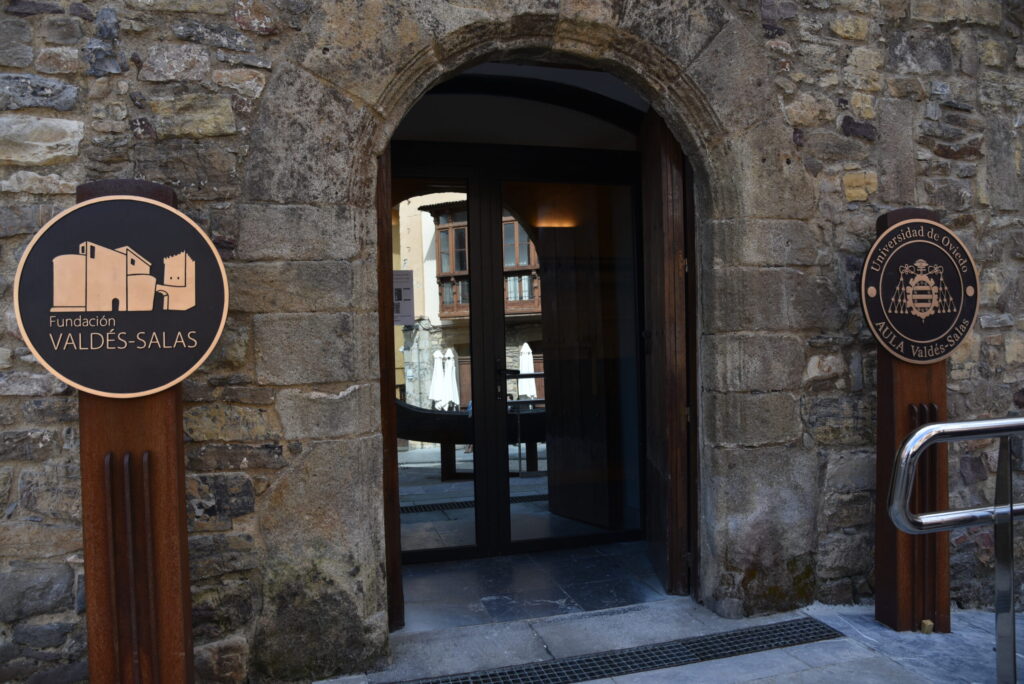
- Audio 01
The museum
The Pre-Romanesque Museum of San Martín, housed in the chapel of Nuestra Señora de la Calle, showcases a heritage designated as a Site of Cultural Interest. It stands as an exceptional example of the sculptural excellence from the final period of Asturian Monarchy art.
This collection consists of twenty-one decorative and epigraphic pieces (stone inscriptions) from the San Martín de Salas temple, which served as the town’s parish church until the late 19th century and is situated in the parish cemetery.
The Church of San Martín was founded in the early 9th century during the Asturian reign of Alfonso III the Great. However, it gradually fell into disrepair until it was restored by Adefonsus Confessus on October 12, 951.
There are several hypotheses regarding the identity of Alfonso the Pious. Currently, he is believed to be Alfonso Froilaz, the son of Fruela II, King of León, and the grandson of Alfonso III the Great.
Following the death of his father, Fruela, Alfonso Froilaz ascended to the throne of León. However, his royal ambitions were abruptly halted when his cousin, Ramiro II, grew suspicious of him, leading to his imprisonment in a monastery and the punishment of blindness. The Visigothic legal code mandated the emptying of the eye sockets as a penalty for treason against the crown. In the later years of his life, Alfonso returned to Asturias and supported the restoration of several temples.
Over the centuries, the pre-Romanesque architecture of the temple was largely obscured by the reconstruction carried out in the 15th century and subsequent periods. Fortunately, the preserved pieces enable us to reconstruct the beauty and quality of the Asturian workshops of the 10th century, which, despite being influenced by external styles, managed to maintain their unique traditions.
The pieces in the museum are the property of the Archdiocese of Oviedo.
